Services
COMPREHENSIVE SERVICES THAT ADDRESS YOUR NEEDS
Your smile deserves the best care possible. Explore our key services—Preventive Dentistry, Restorative Dentistry, Prosthetic Dentistry, and Emergency Dental Care—and discover how Yazdani Dental can help you achieve a healthier, more radiant smile. Let us partner with you in creating a lifetime of oral health and happiness!
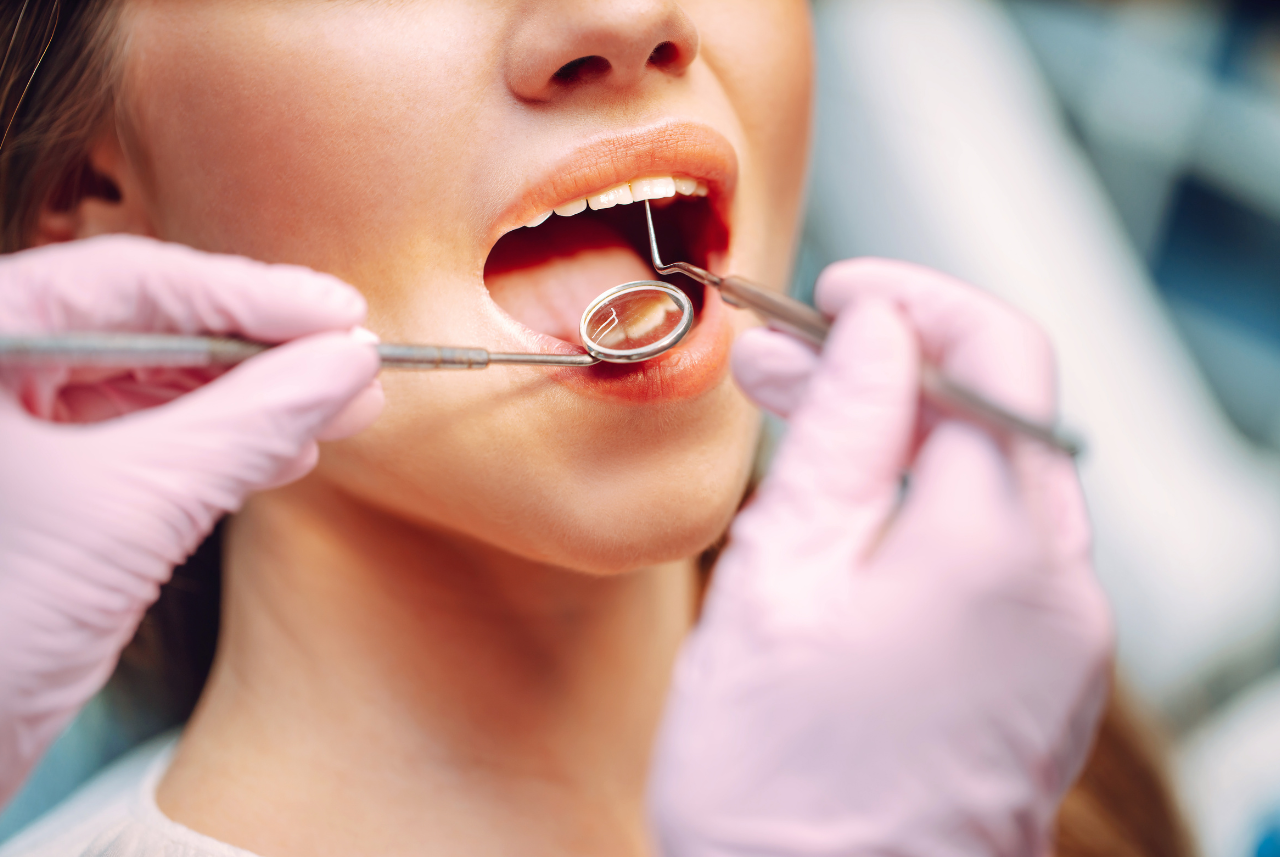
Preventive Dentistry
Protect your smile with comprehensive dental exams, professional cleanings, and proactive care. Yazdani Dental helps you maintain lifelong oral health through effective prevention.
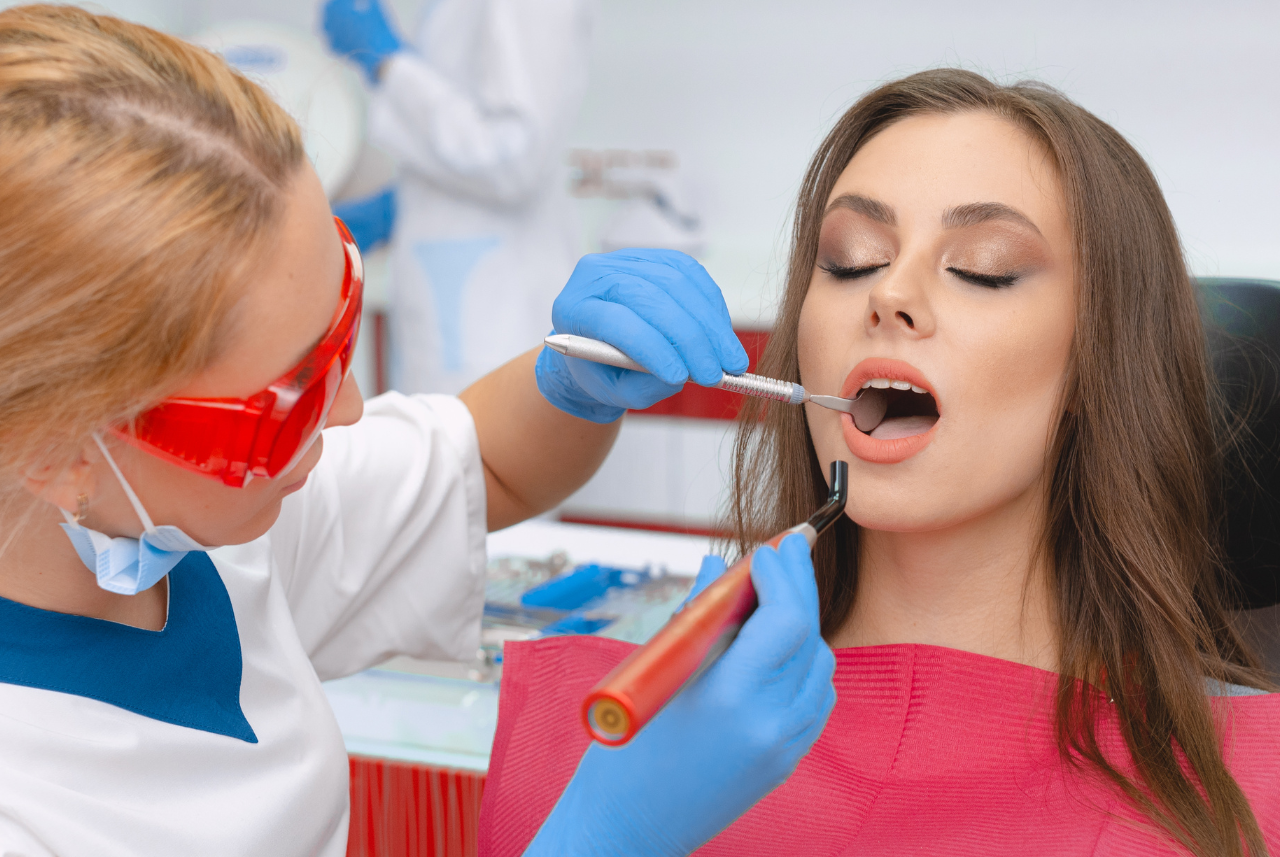
Restorative Dentistry
Reclaim the function and beauty of your smile with advanced restorative treatments like fillings, crowns, bridges, and dental implants. Let us restore your oral health and confidence.
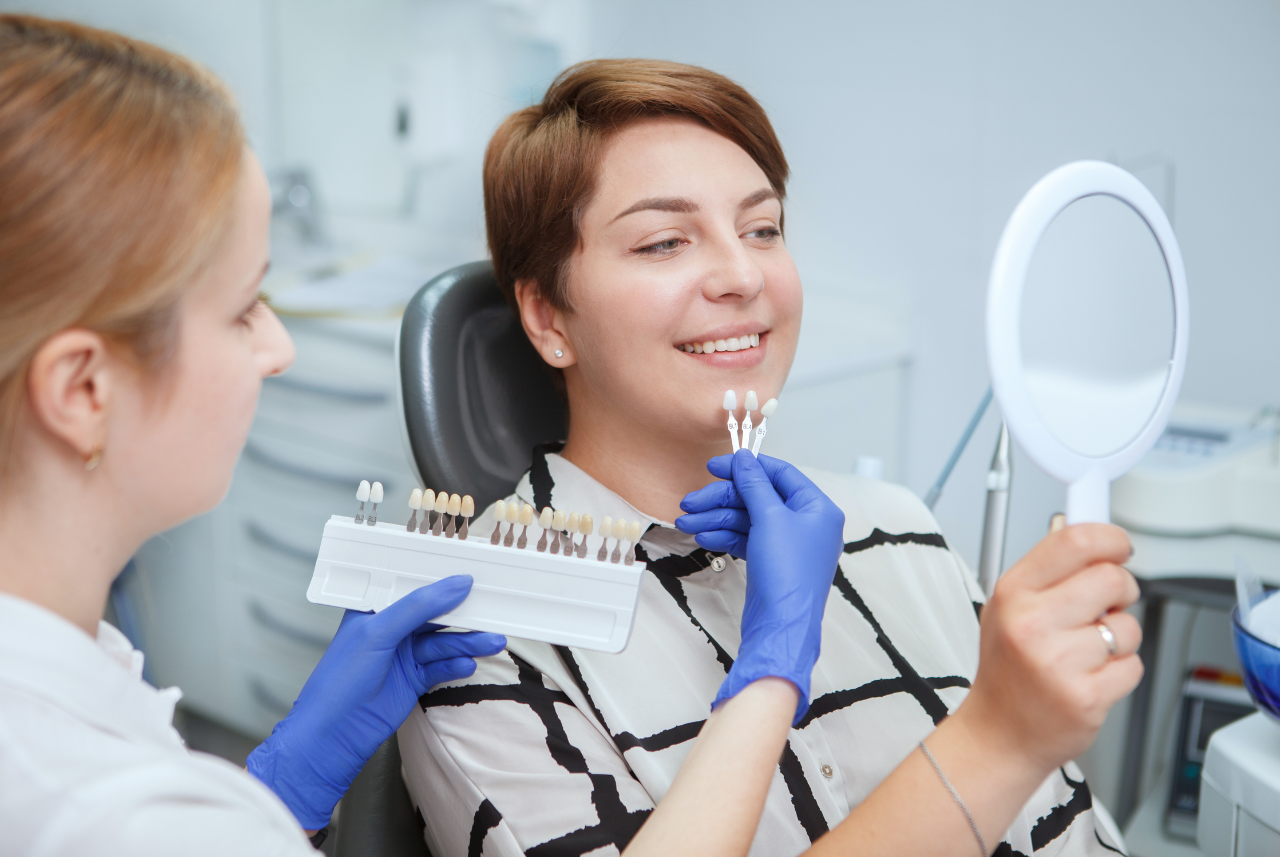
Cosmetic Dentistry
Reclaim the function and beauty of your smile with advanced restorative treatments like fillings, crowns, bridges, and dental implants. Let us restore your oral health and confidence.
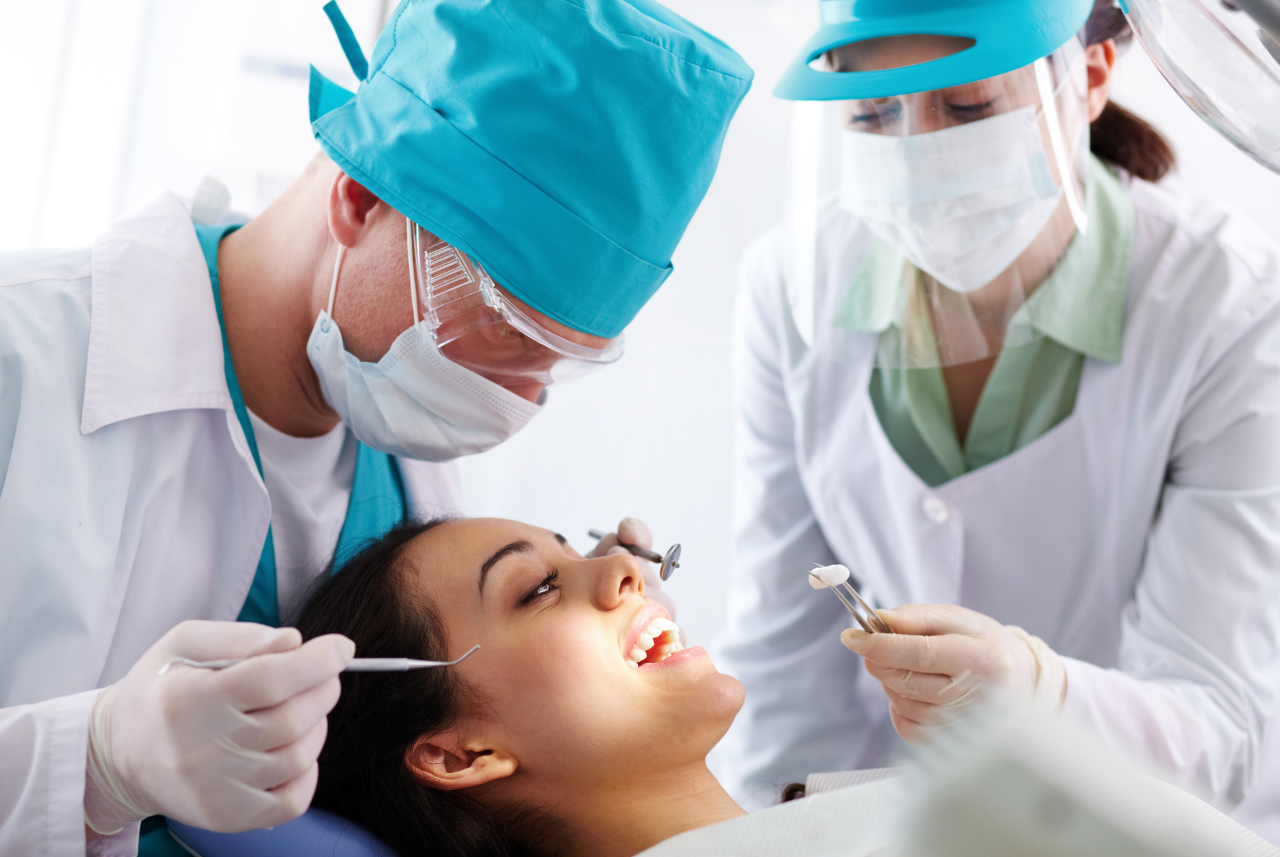
Oral Surgery
Our Oral Surgery services are designed to address complex dental issues with care. Whether you need an extraction or implant, our skilled team ensures a comfortable surgery.
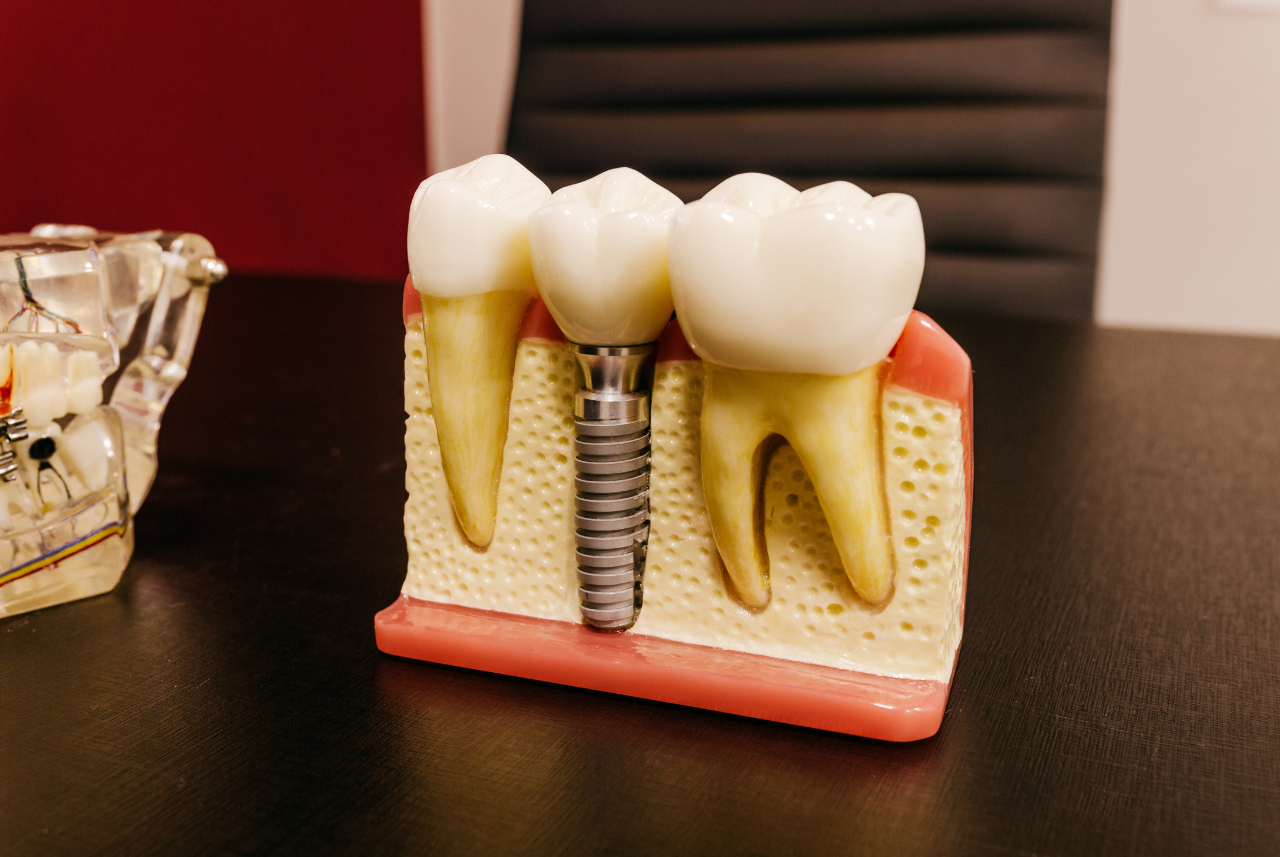
Prosthetic Dentistry
Custom-made dentures and prosthetics provide a natural look and comfortable fit, helping you eat, speak, and smile with ease.

Emergency Care
Dental emergencies can’t wait. Our team offers urgent dental care to relieve pain, restore your smile, and get you back to feeling your best.
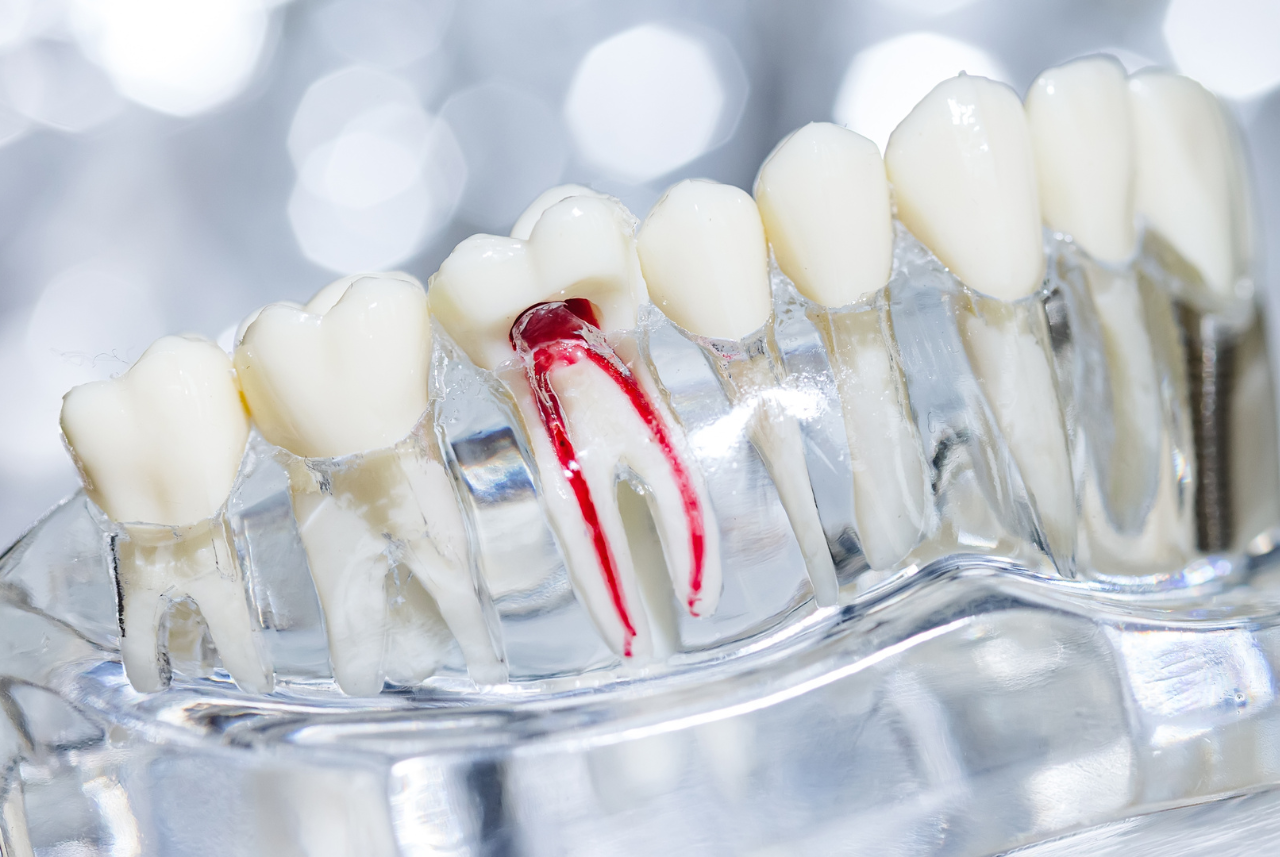
Root Canals
By removing infected tissue from inside the tooth, we can preserve its structure and eliminate pain, restoring health and function.
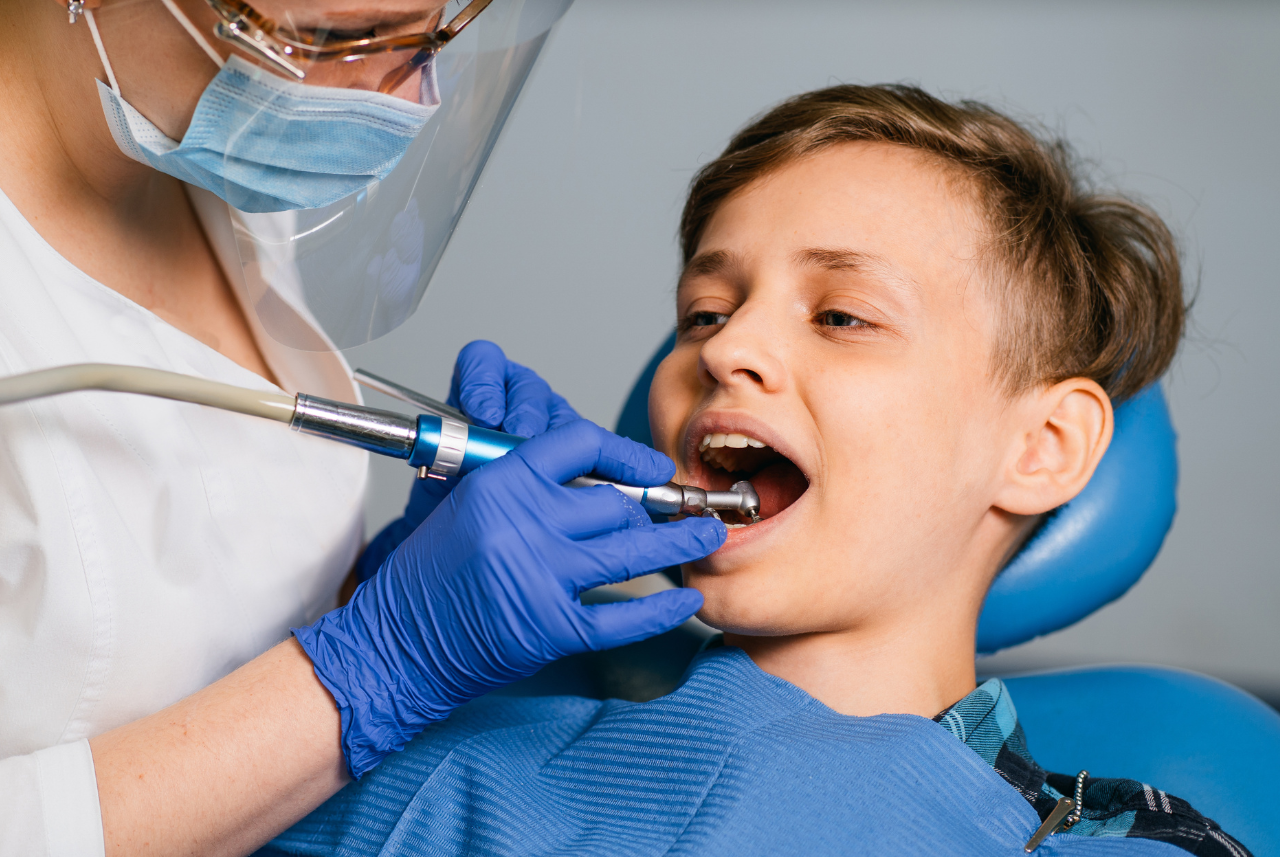
Pediatric Dentistry
Healthy smiles start young. Our Pediatric services focus on gentle, compassionate care to ensure your child’s teeth stay strong and healthy.
What Our Patients Are Saying
“My family and I have been patients of Dr. Yazdani for 15 years now. The clinic itself has state-of-the-art technology and the friendly staff are always there to greet you with a smile. Dr. Yazdani cares for his patients; he is very pleasant and always explains what he is doing. Our appointments are always on schedule and if there’s ever an emergency, they try to accommodate you in every way possible.”
Myself and my now-adult children have been Dr. Yazdani’s patients for 17 years! He and his staff are customer focused. They are professional, welcoming, courteous, and experts in their field. Appointments are always on time and the facility is very clean. We actually look forward to our dental visits! Our expectations are met each and every time. Thanks, Dr. Yazdani and crew!
On my first appointment with Dr. Yazdani, I immediately noticed how welcoming everyone was. The secretary, Lina, was very personable and kind. Dr. Yazdani was very thorough and professional, and I felt very valued as a patient. His staff is amazing and they are always very friendly. Six years later, my whole family frequents the office and I highly recommend him to anyone that is looking for a great dentist.
Take the First Step to Your Healthiest Smile
Experience personalized dental care tailored to your unique needs and goals. Let us help you achieve a lifetime of confidence with a bright, healthy smile—schedule your appointment today!

